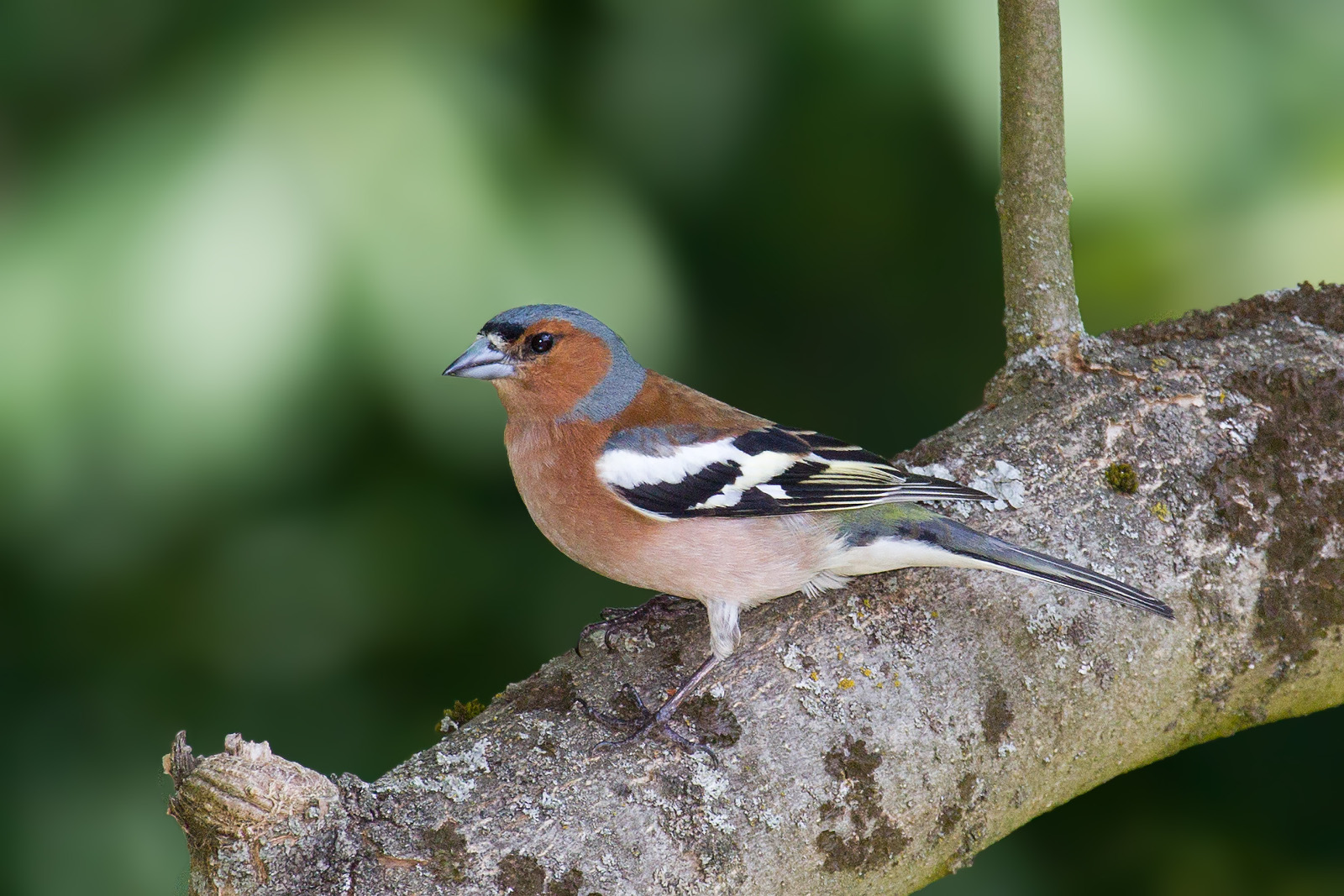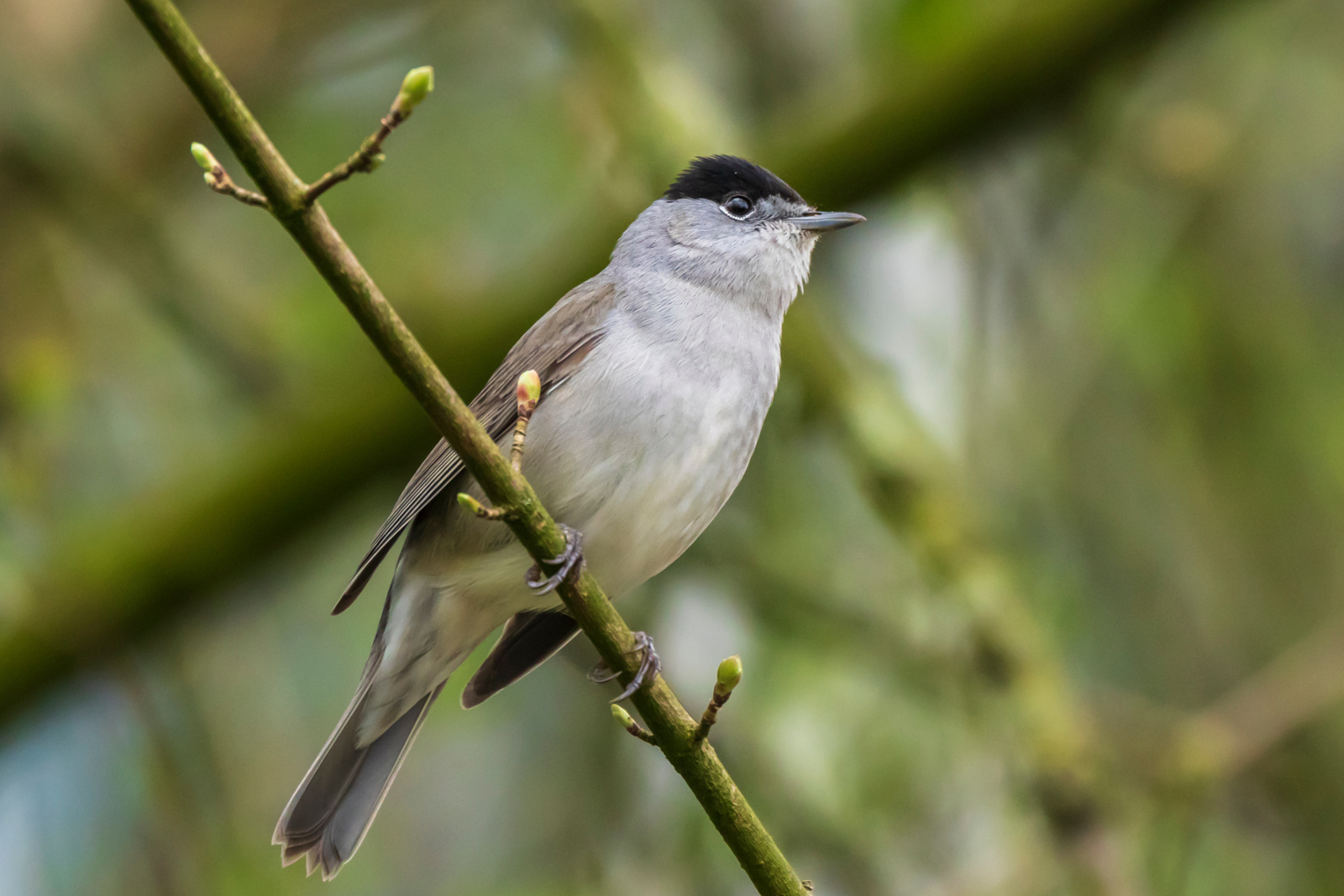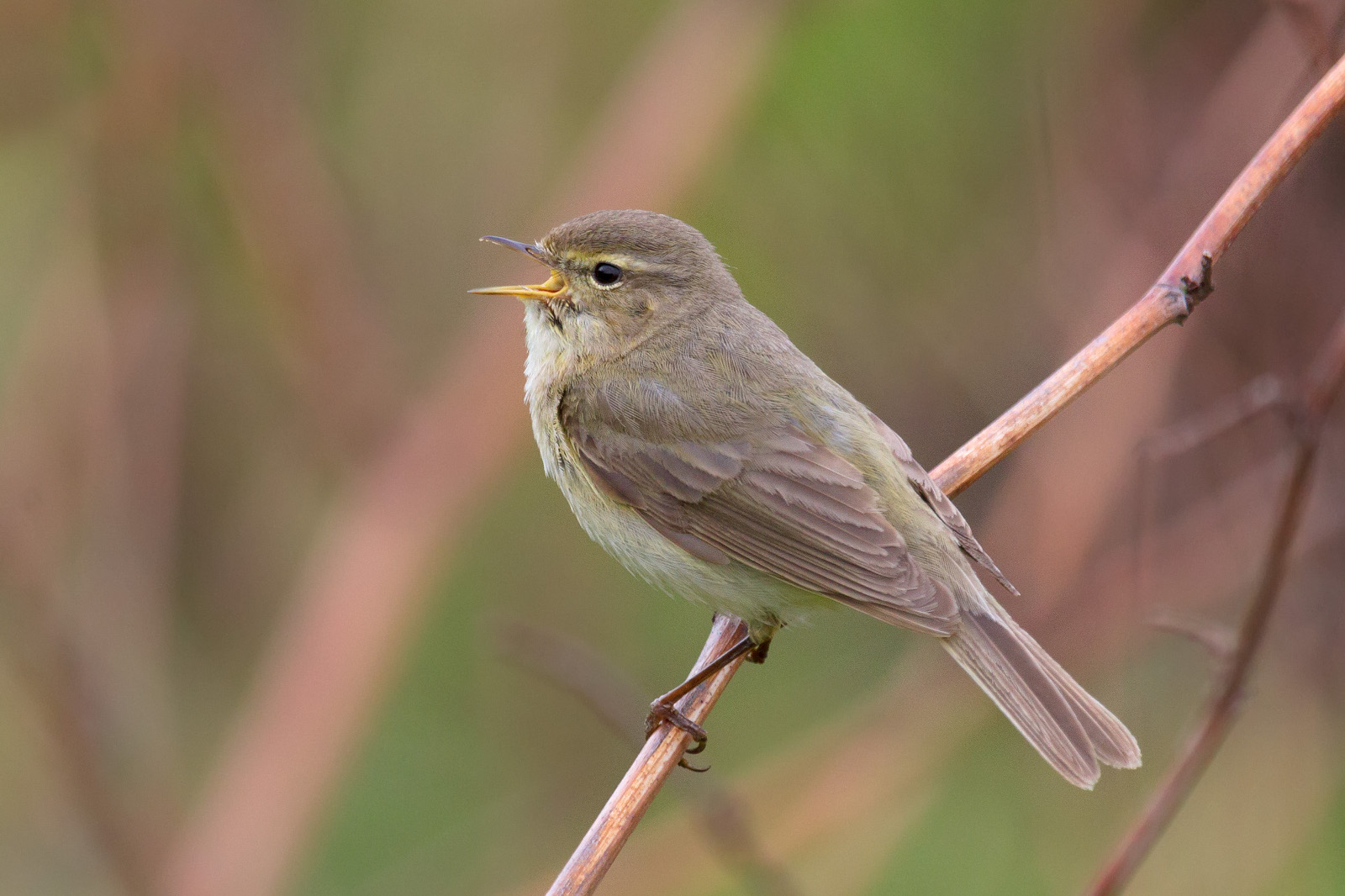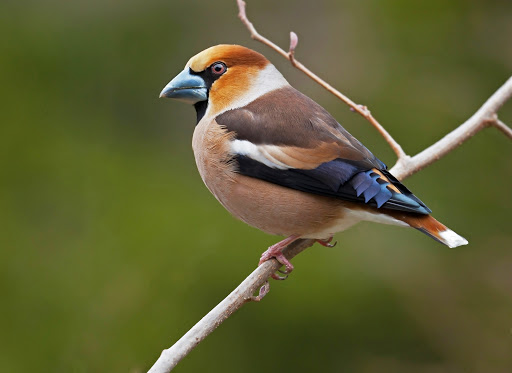Chaffinch (Fringilla coelebs)
The rapid, rattling song of the chaffinch can be heard in almost every forests from early spring onwards. Formerly, the chaffinch has been a popular and appreciated cage-bird prized for its beautiful song. As a protected species it is prohibited to be held in captivity today, but we can still delight in its trilling song in nature. When feeling danger, it utters a short metallic „pink” call.



